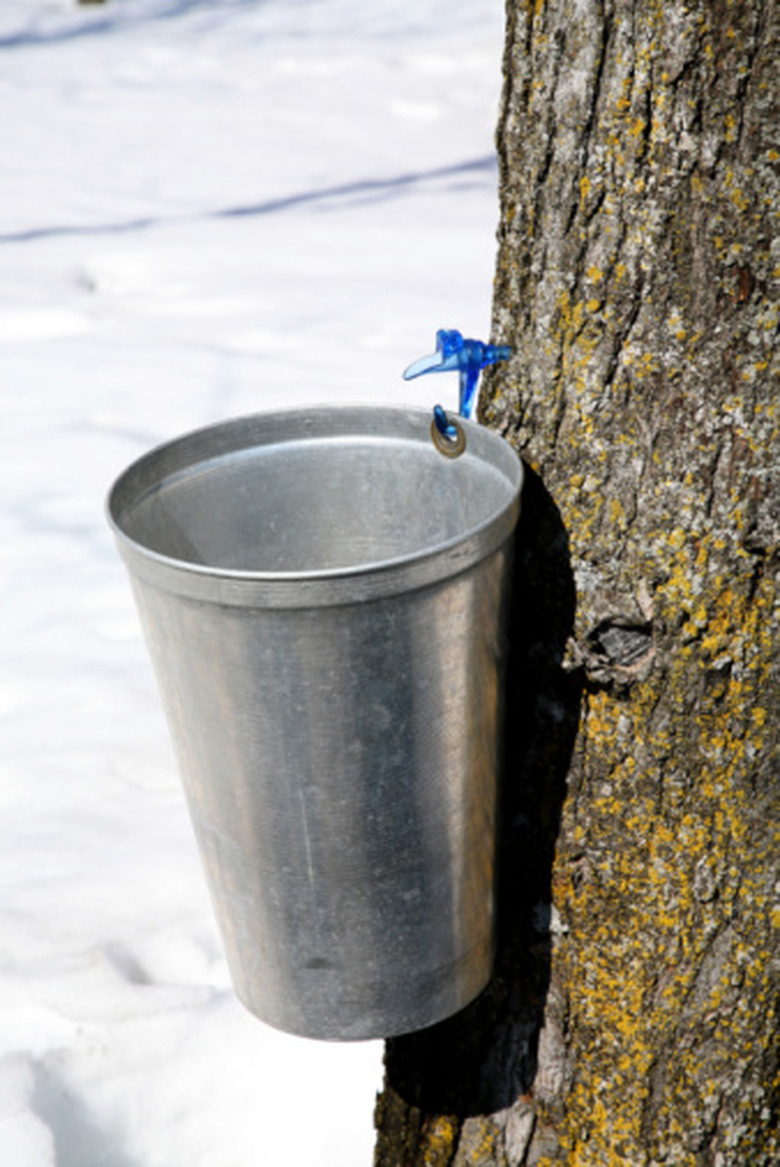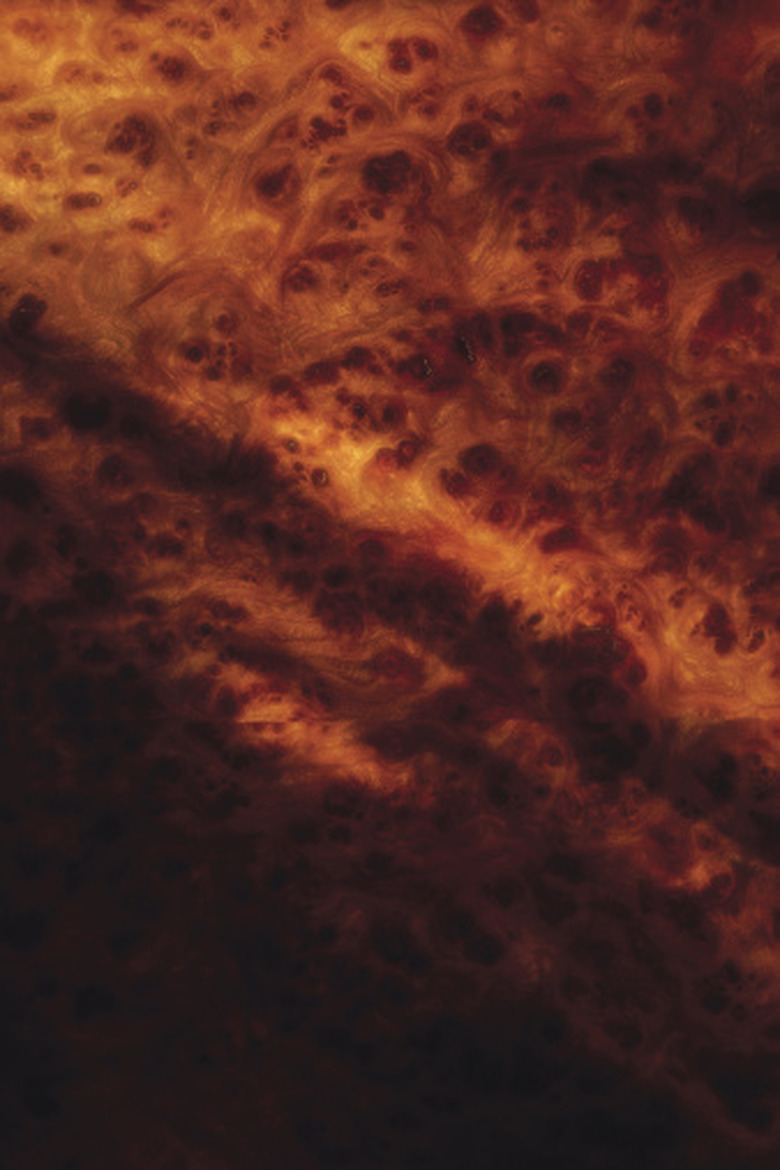Is A Maple Tree A Hard Or Soft Wood?
The maple tree is a member of a group of 200 species of trees and shrubs worldwide that belong to the Acer family. All maples are hardwoods but the species found in America are further classified as hard or soft maples. The most common hard maple is the sugar or rock maple. Common soft maples include the silver, red and box elder.
Hard Maple
Hard maple trees feature light brownish-red heartwood near the core and cream to white sapwood closer to the bark. Maple wood is usually straight grained with a uniform texture. Woodworkers prize the highly figured bird's-eye grain found in some hard maple wood for its decorative value when used in wooden boxes and other craft pieces. Clusters of balls or burls that grow on the sides of some of the older trees are also coveted by woodturners who turn the burls into beautiful bowls.
- The maple tree is a member of a group of 200 species of trees and shrubs worldwide that belong to the Acer family.
- All maples are hardwoods but the species found in America are further classified as hard or soft maples.
Soft Maple
The heartwood of the soft maple is tan to gray in color and exhibits a white sapwood that may have extreme changes in color from one board to the next. The farther north the softwood tree grows, the larger is the tree's heartwood and the greater the color variation exhibited. Soft maple weighs 35 lbs. per cubic foot compared to hard maple that weighs between 42 and 45 lbs. per cubic foot.
Machining Hard Maple
Hard maple is an extremely dense wood that can be difficult to cut. Sharp carbide tools are recommended for best results. Tools dull quickly, and improperly dried wood is liable to pinch saw blades. Attention must be paid to the direction and depth of feed on planers and jointers to avoid wood tear out. Nailing and screwing hard maple is easier when power pilot holes are bored first. Hard maple turns well if sharp chisels are used.
- The heartwood of the soft maple is tan to gray in color and exhibits a white sapwood that may have extreme changes in color from one board to the next.
Working Birdseye, Burls and Soft Maple
Birdseye maple and maple burls work better with sanding. Planing these figured woods should be avoided to retain the surface integrity of the pieces. Soft maple is easy to machine, sands well and holds tight edges when used for corner joints. All maple takes clearcoat well without the need for pore filling. Staining maple can be extremely frustrating as dark colors tend to absorb unevenly, causing a blotchy appearance. All maples glue well but hard maple requires a thicker glue to avoid joint failure.

